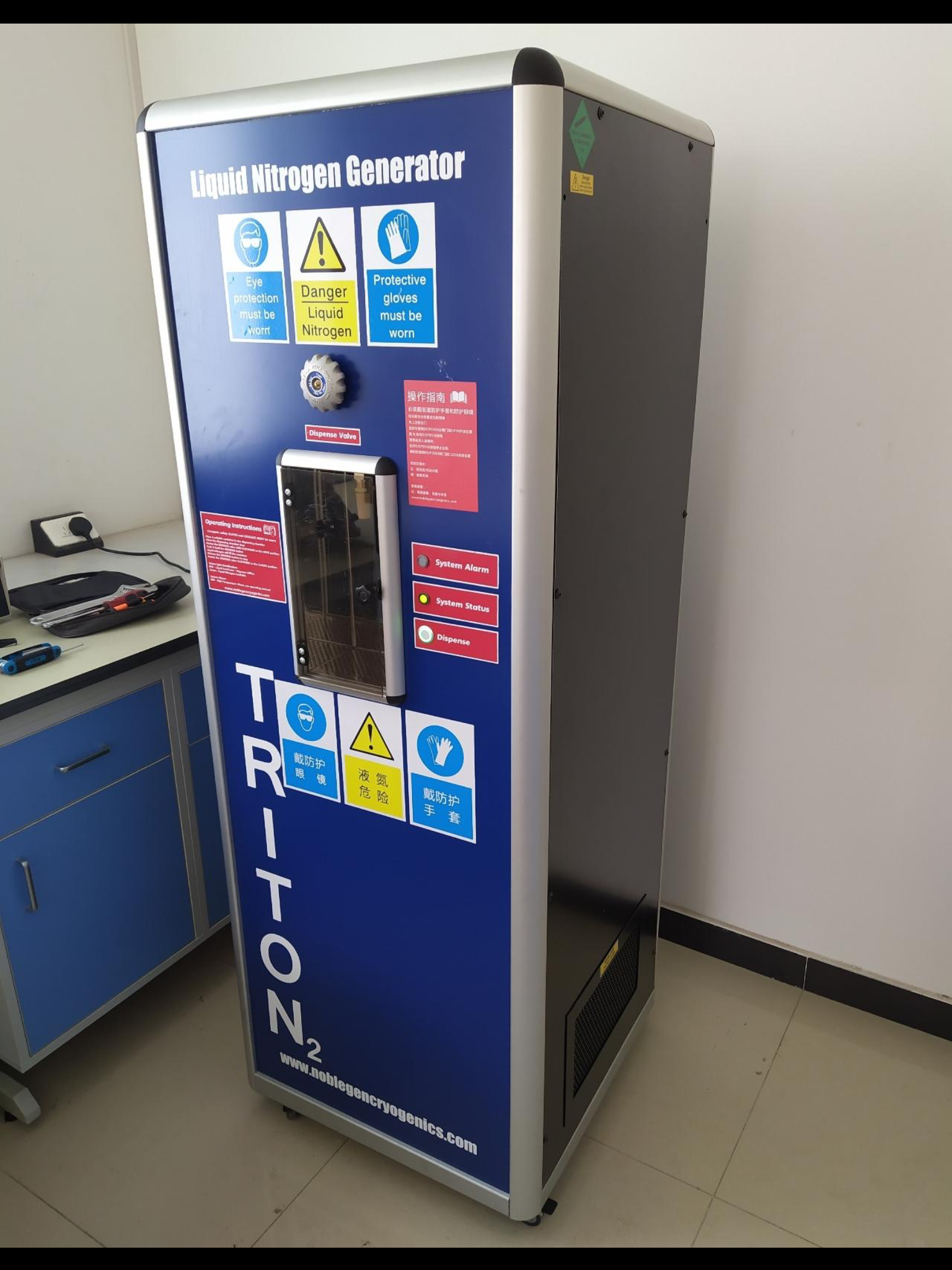Most laboratories use cold storage to keep samples and reagents at a consistent temperature. The most common type of cold storage is a refrigerator, which can maintain temperatures between 2°C and 8°C. Some sensitive items, such as enzymes, may need to be stored in a freezer (-20°C or -80°C), ultra low freezer (-86°C), or liquid nitrogen storage (-196°C).
However, the optimal storage temperature for a given substance will vary depending on its chemical and physical properties. For example, some substances are unstable at lower temperatures and degrade over time, while others may become less active. It is important to consult the manufacturer's instructions or a reputable reference source to determine the best storage temperature for each substance. In this article, I will share some effective tips to set your laboratory cold storage temperature.
Laboratory Freezer
A Laboratory freezer is required for items that need to be stored at -20°C or below. Laboratory Freezers come in various sizes and types, such as chest and upright freezers. Upright freezers are more energy-efficient and take up less space, but chest freezers typically have more storage capacity. Choose the type of freezer based on your needs.
When setting the temperature of your freezer, keep in mind that -20°C is the minimum temperature needed to prevent the freezing of most substances. For items particularly sensitive to freezing, such as enzymes, you may need to set the temperature slightly higher, between -15°C and -20°C. You can store DNA/RNA and other nucleic acids at -80°C. For items that need to be stored at -86°C or below, an ultra-low temperature (ULT) freezer is required.

Liquid Nitrogen Generator
Liquid nitrogen storage is required for items that need to be stored at -196°C or below. Liquid nitrogen is cryogenic, with a boiling point of -196°C. It is typically used for long-term storage of items sensitive to freezing. It can store sperm, oocytes, and embryos.
When storing items in a liquid nitrogen Generator, it is important to use a cryogenic-grade container to prevent contamination. Cryogenic-grade containers are materials that can withstand extremely cold temperatures without breaking or leaching chemicals into the samples.

Refrigerated Storage
For most items, a Laboratory refrigerator set at 4°C is sufficient. This will keep the items cold without freezing them. If you are storing items sensitive to freezing, such as enzymes, you can set the temperature slightly higher, between 2°C and 4°C. Biological reagents and buffers can be stored at 4°C, while you can store media and culture plates at 2°C to 8°C. It mostly uses for short-term storage. You can store DNA/RNA and other nucleic acids at -20°C. Freshly collected blood samples should be stored at 4°C, and plasma or serum can be stored at -20°C.

In conclusion, the storage temperature for your biological samples is critical in ensuring their long-term viability. Be sure to select the appropriate storage temperature for the type of material you are storing.